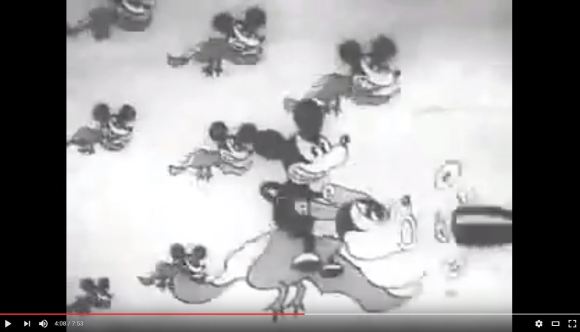
Japan may have forgiven the rip-off Disney star, but they have not forgotten what he did 80 years ago on that blood soaked Pacific island beach.
The year is 1936. The first edition of a new novel called Gone with the Wind was released just as African-American runner Jesse Owens dominated at the Berlin Olympics bemusing his host Adolf Hitler. Also, a baby by the name of Dennis Hopper was born, destined to go on to greatness as the true star of Texas Chainsaw Massacre 2, by far the best in the series.
But in Japan a historical battle had taken place. Often overlooked in other countries, it was a battle that rocked the nation to its very core. Waves of pain and regret rippled through the generations and can still be felt today in the hearts of Japanese people.
I’m talking about the 1936 “Mickey Mouse” bombing raids of a Japanese island in the Pacific Ocean. Thanks to this preserved archival footage of the incident we can all know what it was like so hopefully atrocities like that may never be committed again.
https://www.youtube.com/watch?v=icVu-acHlpU
It was a fine day on the island on which Felix the Cat had been invited for a dance party on the beach.
Then out of the blue, Mickey Mouse (or at least a character that looks an awful lot like him) flew in on a really big bat and dropped a message for the residents there.
▼ “Vacate the island”
Felix the Cat unilaterally decides the fate of the island by setting the message on fire…and right up Mickey’s butt. Historians to this day debate whether that was the prudent move.
Mickey then called in battalions of snakes, fleets of alligators, and squadrons of bats to take the island by force…or liberate it, depending whether you’re a fan of Disney or not.
The survivors of the initial strike called upon Japan’s greatest fairy tale heroes to strike back at Mickey’s sizable army. Legendary characters Momotaro, Kintaro, Yoshitsune, Benkei and Issun-boshi all answered the call.
Naval forces were led by Urashima Taro, a young man who vanished to the castle of the dragon god for 300 years but did not age. He unfurls a quote from Marshal-Admiral Heihachiro Togo saying “The Empire’s Fate Depends on this Battle.”
After a fierce dog fight between Mickey’s bats and Momotaro’s dragonflies, the two commanders fight it out man-to-man on top of a cloud.
In the end Mickey is bested by Momotaro, and after falling through the cloud and getting hit by lightning half a dozen times, he is turned into an old mouse by the box containing Urashima Taro’s old age (it makes a lot more sense if you’ve read the fairy tale).
Finally, the fairy-tale characters ask Hanasaka Jiji to restore flowers to the island, and the celebration resumes. Only this time they are rejoicing over their victory against Mickey Mouse.
The description on the video’s YouTube page lists it as a “propaganda” piece. However, I don’t think it is quite meant to be one, despite the militaristic themes which were prevalent in Japanese society at that time. Called Toybox Series Part 3: Picture Book 1936 and produced by J.O. Studio and directed by Yoshitsugu Tanaka, it’s kind of like an Avengers of its time with all of Japanese folk-lore heroes coming together.
The villain in the short appears to be Mickey Mouse, but the look is almost certainly coincidental and just a stock rat character. With Japanese animation in its infancy it obviously borrowed heavily from its American counterpart in terms of style, much like China is doing now with Japan. How else would you explain why Felix the Cat sided with Japan?
I actually do have a detailed conspiracy theory that Felix was likely a double agent spy for the Japanese government in exchange for being transformed into the immortal cybernetic cat Doraemon…but that will have to wait for another day.
▼ The more you learn about these two, the more it makes sense…
Since that isn’t really Mickey Mouse, Toybox Series Part 3 doesn’t seem to be intentionally directed at a foreign enemy. I would say its more likely in reference to the previous wars against Russia and China than an attempt to vilify the USA through Mickey Mouse seven years before Pearl Harbor took place.
However!
There is one mystery about this short that I just can’t figure out. Toybox Series Part 3 was released in 1934, and yet the title and story refer to 1936. “Mickey” even breaks several laws of physics and biology to point out what year it is in the very beginning.
Why on earth would they set this story two years in the future? Perhaps it was scheduled to be released then, but if that were the case, then why mention the year at all. Also, there was no sci-fi element as far as I could see that would require a futuristic setting, unless Japan was expecting bat-jet technology to explode in the next two years.
Was the reference to 1936 significant? Or was it just a loose end that was never tied up by the makers of Toybox Series Part 3: Picture Book 1936 and yet inexplicably put in the title? Whatever the truth is may have died with its creators and left a mystery forever…
Source/images: YouTube/Canal de MitsukoWhiteWolf

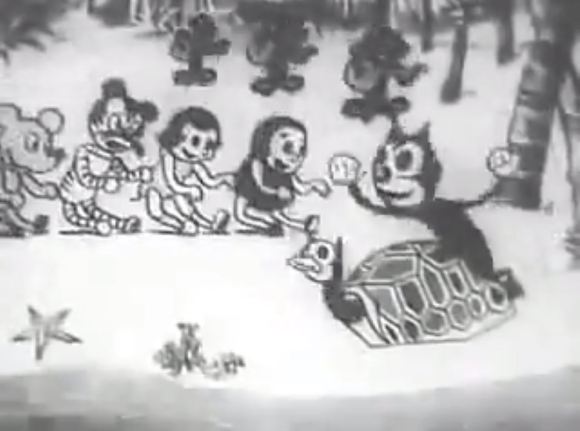
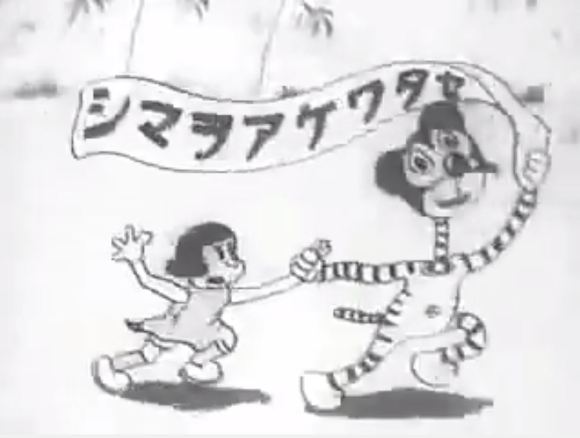
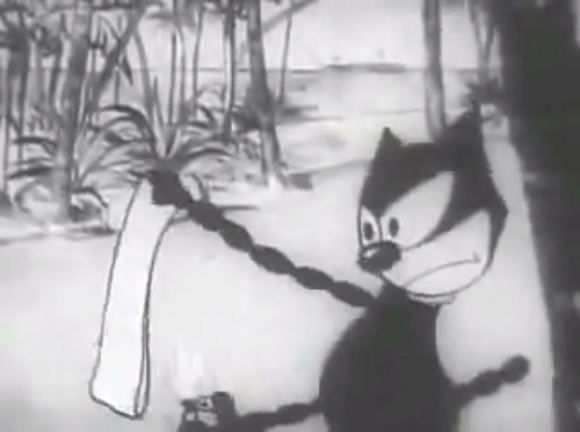

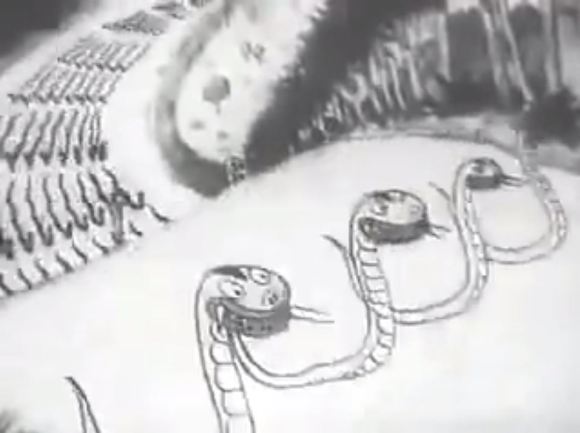
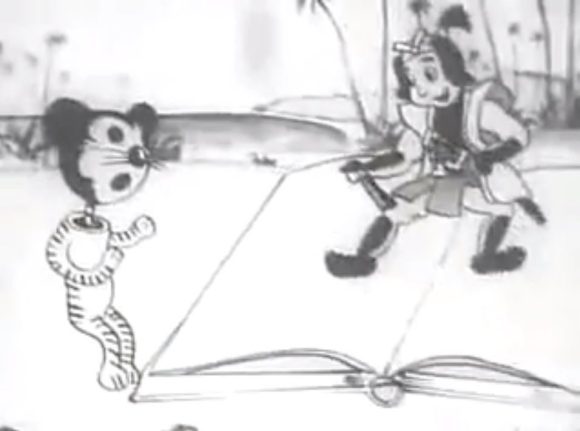
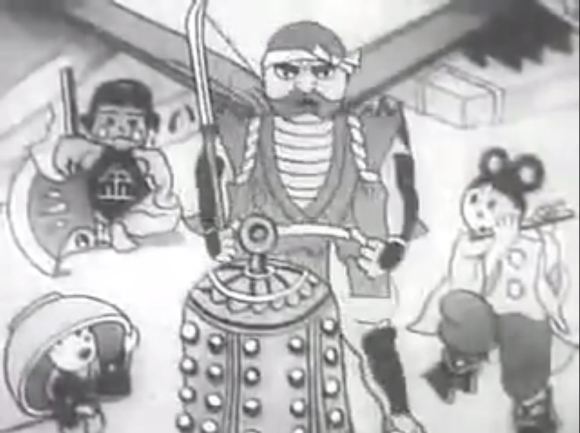
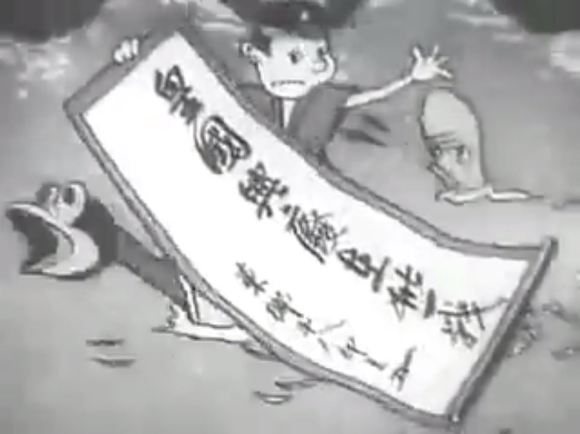
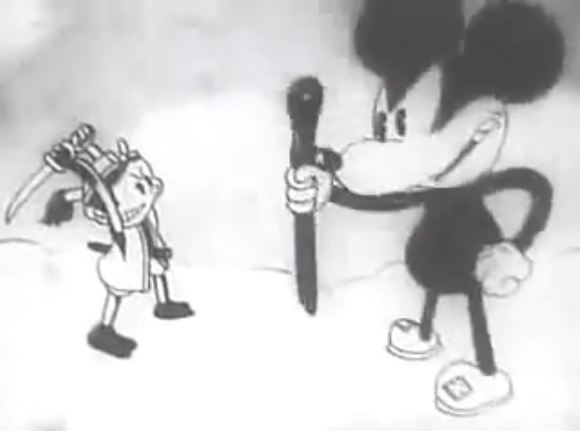
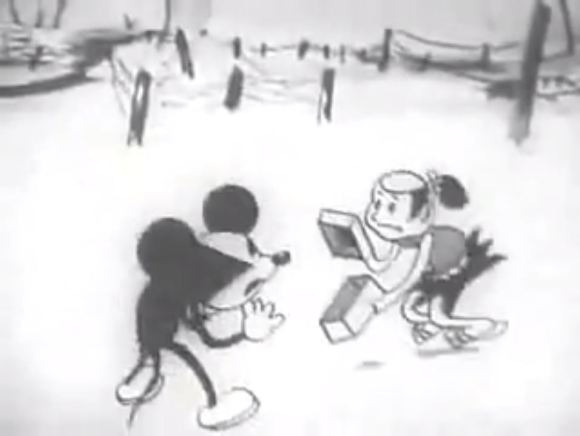

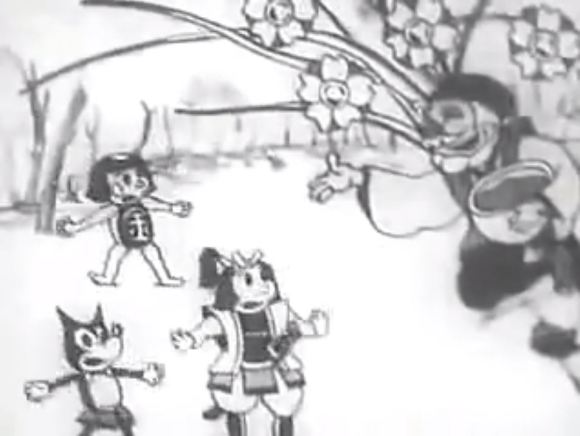
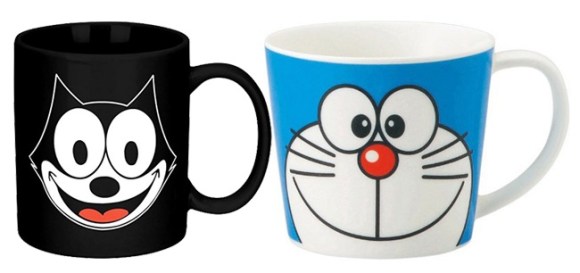 Image: Amazon
Image: Amazon 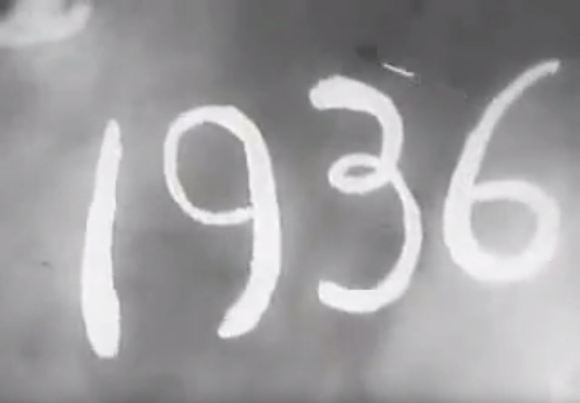
 Private booths are coming to Japan’s Shinkansen bullet trains even sooner than we’d thought【Video】
Private booths are coming to Japan’s Shinkansen bullet trains even sooner than we’d thought【Video】 Rakuten randomly offers 58 New Year’s osechi feasts in Japan, but did we get a star or a dud?
Rakuten randomly offers 58 New Year’s osechi feasts in Japan, but did we get a star or a dud? The oldest tunnel in Japan is believed to be haunted, and strange things happen when we go there
The oldest tunnel in Japan is believed to be haunted, and strange things happen when we go there Daiso unveils new official mascot, Daizo the elephant
Daiso unveils new official mascot, Daizo the elephant Coca-Cola Japan unveils new sakura design bottle for cherry blossom season 2019
Coca-Cola Japan unveils new sakura design bottle for cherry blossom season 2019 Private booths are coming to Japan’s Shinkansen bullet trains even sooner than we’d thought【Video】
Private booths are coming to Japan’s Shinkansen bullet trains even sooner than we’d thought【Video】 Rakuten randomly offers 58 New Year’s osechi feasts in Japan, but did we get a star or a dud?
Rakuten randomly offers 58 New Year’s osechi feasts in Japan, but did we get a star or a dud?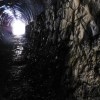 The oldest tunnel in Japan is believed to be haunted, and strange things happen when we go there
The oldest tunnel in Japan is believed to be haunted, and strange things happen when we go there Daiso unveils new official mascot, Daizo the elephant
Daiso unveils new official mascot, Daizo the elephant Coca-Cola Japan unveils new sakura design bottle for cherry blossom season 2019
Coca-Cola Japan unveils new sakura design bottle for cherry blossom season 2019 Yokohama restaurant serves fried axolotl, along with giant isopod, camel, and crocodile
Yokohama restaurant serves fried axolotl, along with giant isopod, camel, and crocodile Cosplay costume room tour by Japan’s number-one cosplayer Enako is an eye-opener【Video】
Cosplay costume room tour by Japan’s number-one cosplayer Enako is an eye-opener【Video】 Four Shinto shrines to pray for love at in Japan to start the New Year
Four Shinto shrines to pray for love at in Japan to start the New Year Original Totoro plush toys from 80s and 90s re-issued for Studio Ghibli exhibition
Original Totoro plush toys from 80s and 90s re-issued for Studio Ghibli exhibition Dragon Quest Burgers and Slime drinks are coming to McDonald’s Japan【Video】
Dragon Quest Burgers and Slime drinks are coming to McDonald’s Japan【Video】 Starbucks Japan ready to get Year of the Horse started with adorable drinkware and plushies【Pics】
Starbucks Japan ready to get Year of the Horse started with adorable drinkware and plushies【Pics】 Japanese beef bowl chain Sukiya’s 2026 Smile Box lucky bag basically pays for itself
Japanese beef bowl chain Sukiya’s 2026 Smile Box lucky bag basically pays for itself Hayao Miyazaki says Happy New Year to Studio Ghibli fans with new art for Year of the Horse
Hayao Miyazaki says Happy New Year to Studio Ghibli fans with new art for Year of the Horse Cup Noodle tries an authentic Jiro-style ramen, but something’s not quite right
Cup Noodle tries an authentic Jiro-style ramen, but something’s not quite right The best Starbucks Japan Frappuccinos we want to drink again in 2026
The best Starbucks Japan Frappuccinos we want to drink again in 2026 We revisited Sweets Paradise after a decade to see if Japan’s dessert buffet still delivers
We revisited Sweets Paradise after a decade to see if Japan’s dessert buffet still delivers That time Seiji called JASRAC to ask why he didn’t get paid royalties for his song being on TV
That time Seiji called JASRAC to ask why he didn’t get paid royalties for his song being on TV We found possibly the quietest Japanese-style hotel in Tokyo’s bustling Shinjuku district
We found possibly the quietest Japanese-style hotel in Tokyo’s bustling Shinjuku district Pizza Hut Japan’s hot lucky bags are perfect for a New Year’s pizza party
Pizza Hut Japan’s hot lucky bags are perfect for a New Year’s pizza party Japan’s oldest largetooth sawfish in captivity back on display in Mie Prefecture
Japan’s oldest largetooth sawfish in captivity back on display in Mie Prefecture 7-Eleven Japan starts new temporary luggage storage service in over 300 branches
7-Eleven Japan starts new temporary luggage storage service in over 300 branches Disillusionment at Tsukiji’s tourist-target prices led us to a great ramen restaurant in Tokyo
Disillusionment at Tsukiji’s tourist-target prices led us to a great ramen restaurant in Tokyo Starbucks teams up with 166-year-old Kyoto doll maker for Year of the Horse decorations【Photos】
Starbucks teams up with 166-year-old Kyoto doll maker for Year of the Horse decorations【Photos】 Tokyo considering law requiring more trash cans following litter increase in heavily touristed area
Tokyo considering law requiring more trash cans following litter increase in heavily touristed area Tokyo’s Tsukiji sushi neighborhood asks tour groups to stay away for the rest of the month
Tokyo’s Tsukiji sushi neighborhood asks tour groups to stay away for the rest of the month Tokyo event lets you travel back in time, for free, to celebrate 100 years since Showa era start
Tokyo event lets you travel back in time, for free, to celebrate 100 years since Showa era start Japan may add Japanese language proficiency, lifestyle classes to permanent foreign resident requirements
Japan may add Japanese language proficiency, lifestyle classes to permanent foreign resident requirements Sanrio theme park in Japan announces plans to expand into a Sanrio resort
Sanrio theme park in Japan announces plans to expand into a Sanrio resort Stamina-destroying “Paralysis Noodles” are Tokyo’s newest over-the-top ramen innovation
Stamina-destroying “Paralysis Noodles” are Tokyo’s newest over-the-top ramen innovation Survey asks foreign tourists what bothered them in Japan, more than half gave same answer
Survey asks foreign tourists what bothered them in Japan, more than half gave same answer Japan’s human washing machines will go on sale to general public, demos to be held in Tokyo
Japan’s human washing machines will go on sale to general public, demos to be held in Tokyo Japan’s deadliest food claims more victims, but why do people keep eating it for New Year’s?
Japan’s deadliest food claims more victims, but why do people keep eating it for New Year’s? We deeply regret going into this tunnel on our walk in the mountains of Japan
We deeply regret going into this tunnel on our walk in the mountains of Japan Studio Ghibli releases Kodama forest spirits from Princess Mononoke to light up your home
Studio Ghibli releases Kodama forest spirits from Princess Mononoke to light up your home Major Japanese hotel chain says reservations via overseas booking sites may not be valid
Major Japanese hotel chain says reservations via overseas booking sites may not be valid Put sesame oil in your coffee? Japanese maker says it’s the best way to start your day【Taste test】
Put sesame oil in your coffee? Japanese maker says it’s the best way to start your day【Taste test】 No more using real katana for tourism activities, Japan’s National Police Agency says
No more using real katana for tourism activities, Japan’s National Police Agency says Starbucks Japan reveals new sakura drinkware collection, inspired by evening cherry blossoms
Starbucks Japan reveals new sakura drinkware collection, inspired by evening cherry blossoms Updated cherry blossom forecast shows extra-long sakura season for Japan this year
Updated cherry blossom forecast shows extra-long sakura season for Japan this year Yokohama restaurant serves fried axolotl, along with giant isopod, camel, and crocodile
Yokohama restaurant serves fried axolotl, along with giant isopod, camel, and crocodile Cosplay costume room tour by Japan’s number-one cosplayer Enako is an eye-opener【Video】
Cosplay costume room tour by Japan’s number-one cosplayer Enako is an eye-opener【Video】 Four Shinto shrines to pray for love at in Japan to start the New Year
Four Shinto shrines to pray for love at in Japan to start the New Year Original Totoro plush toys from 80s and 90s re-issued for Studio Ghibli exhibition
Original Totoro plush toys from 80s and 90s re-issued for Studio Ghibli exhibition Dragon Quest Burgers and Slime drinks are coming to McDonald’s Japan【Video】
Dragon Quest Burgers and Slime drinks are coming to McDonald’s Japan【Video】 Urusei Yatsura Cafe to open in four cities in Japan as part of celebration of Lum’s return【Pics】
Urusei Yatsura Cafe to open in four cities in Japan as part of celebration of Lum’s return【Pics】 Idol group AKB48 sells 2.5 million copies of new CD, bags full of them end up in trash days later
Idol group AKB48 sells 2.5 million copies of new CD, bags full of them end up in trash days later Abysmal viewer ratings for Pokémon anime series does not worry its broadcaster the slightest bit
Abysmal viewer ratings for Pokémon anime series does not worry its broadcaster the slightest bit Is the AKB48-style idol singer promotion system limiting Japanese music’s global appeal?
Is the AKB48-style idol singer promotion system limiting Japanese music’s global appeal?
Leave a Reply